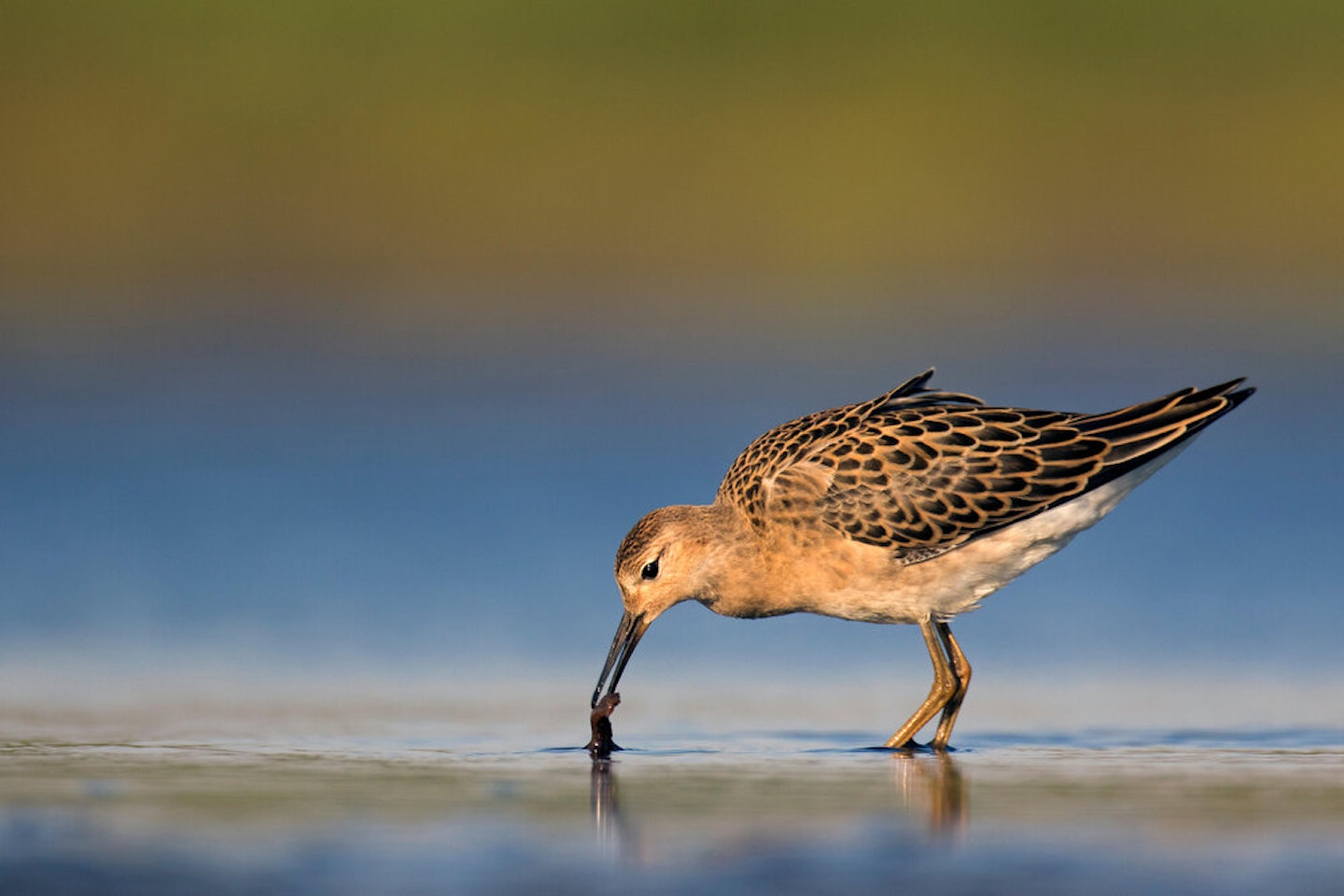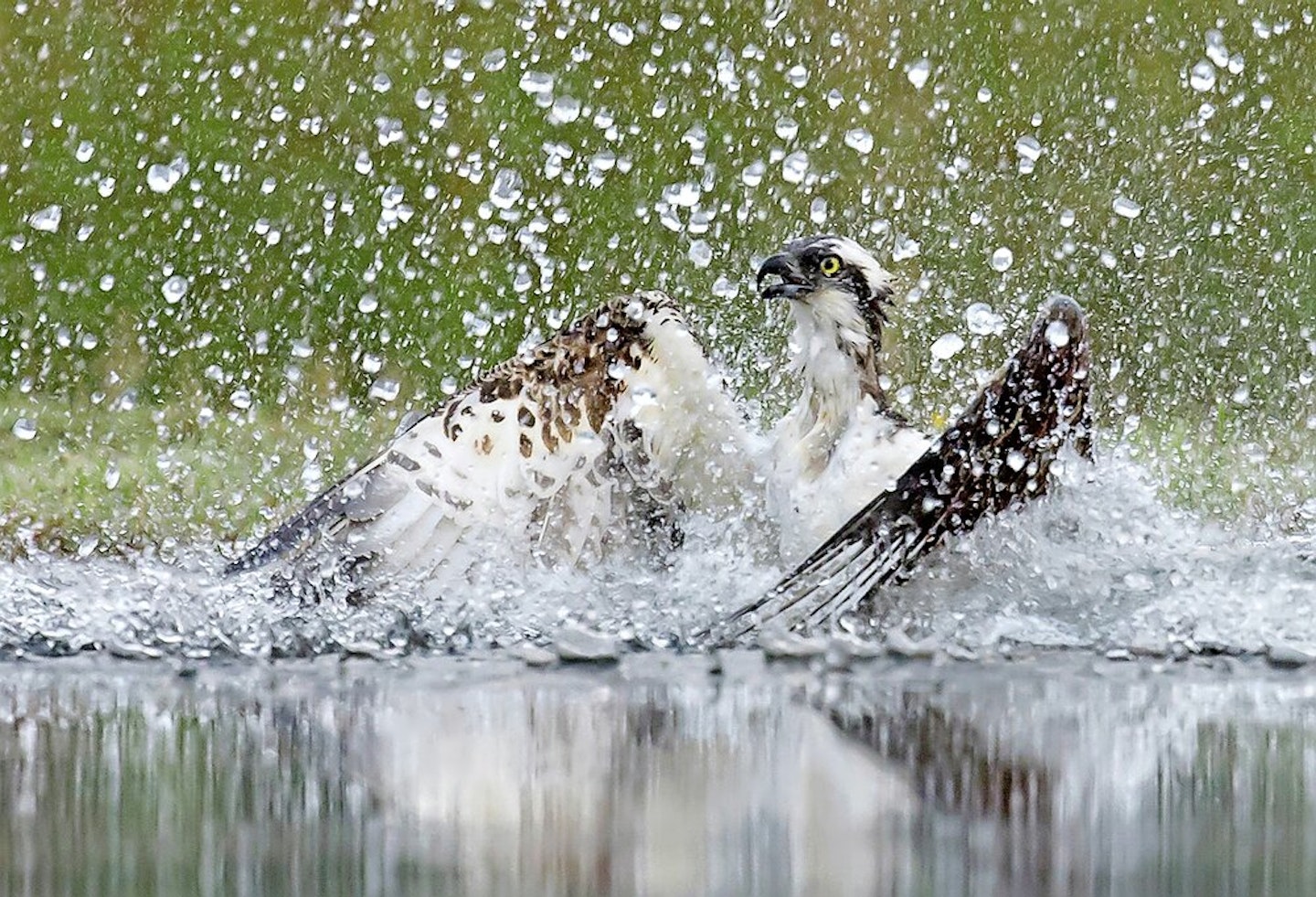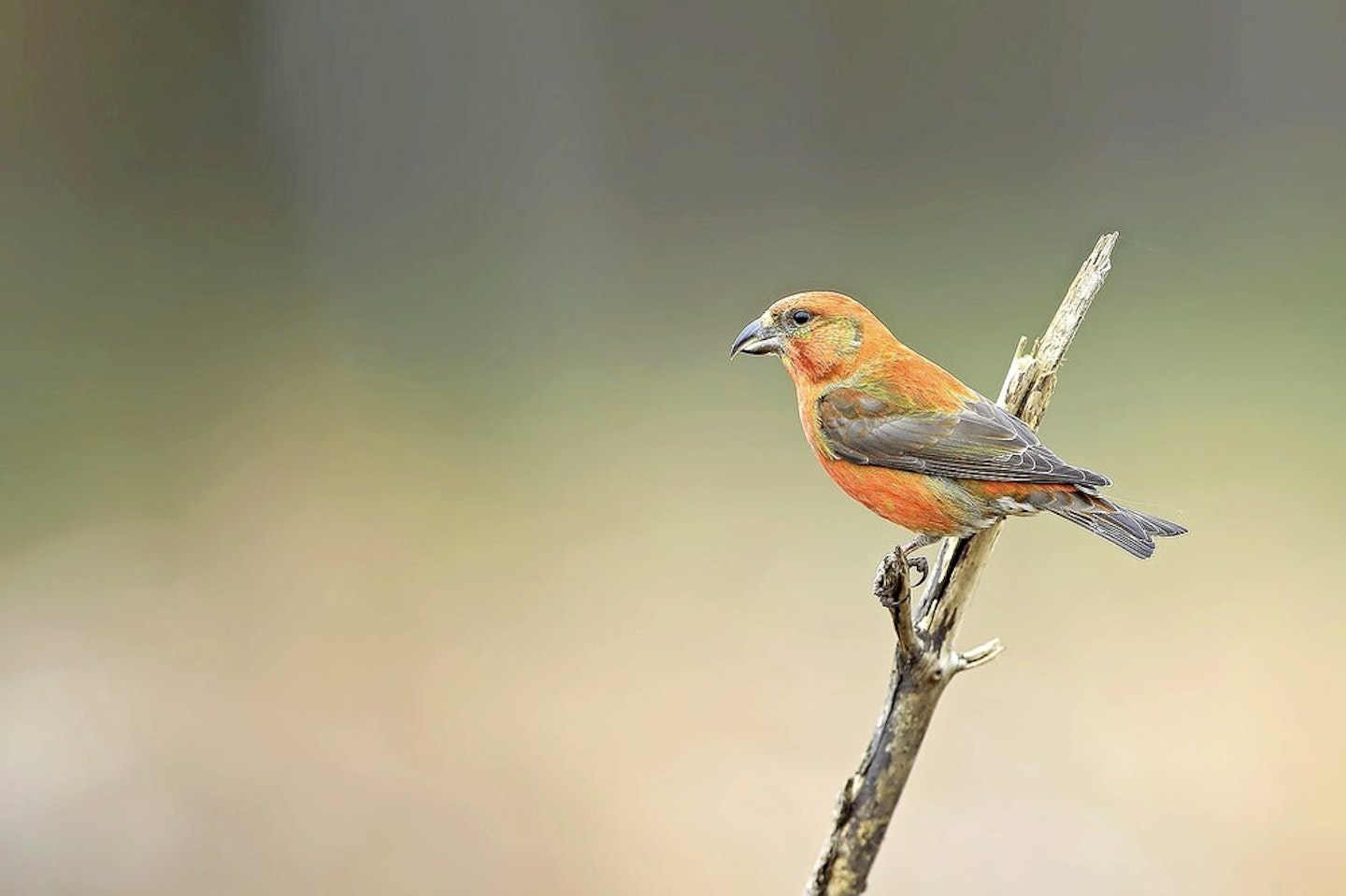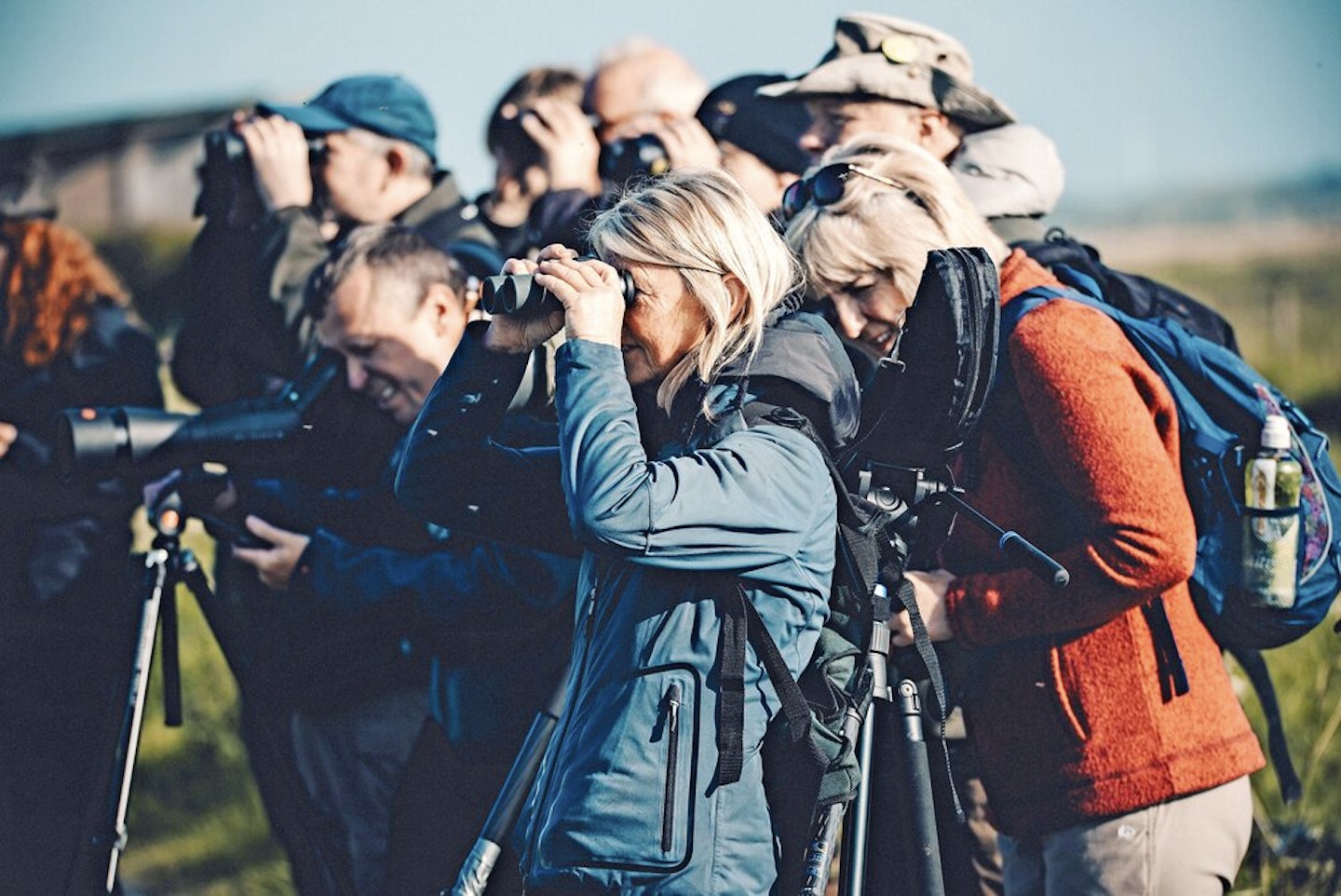No one needs to be told it has been a very strange year. The coronavirus has infiltrated all aspects of our lives. It has even rudely hampered much of our birdwatching! To be fair, many of us have rediscovered the joy of watching garden birds, or those very close to home, in our local patches and parks. But, if you are trying to broaden your birding horizons through our #My200BirdYear challenge, then you may have hit something of a brick wall.
Most of the rich birding time of the spring was lost to full ‘lockdown’ and the last thing on any of our minds was increasing our year lists! But all is not lost. There are, after all, still four months (a quarter of the year) left in which to turn things around. The vast majority of the country is freed enough from ‘lockdown’, that as long as people are sensible and observe the correct precautions, birdwatching further afield is back on! ‘Responsible birdwatching’ is our new thing!
Keep scrolling below for many ways to get your #My200BirdYear list back on course!
AUTUMN IS THE NEW SPRING
.jpg?auto=format&w=1440&q=80)
There is a certain (lopsided) symmetry to the birdwatching calendar. Winter begins and end the year, and the quiet summer sits in the middle, wrapped round by the dynamic migration seasons of spring and autumn. Though we largely lost the spring passage, when chats, terns, waders and so on passed through, autumn sees the same birds coming back through again in the opposite direction. And the beauty of it is that autumn’s ‘return’ migration is an altogether more leisurely affair than the spring rush, with birds lingering around almost demanding to be watched (and ticked).
A TICK IS STILL A TICK

Those spring birds you may have missed (like Black Terns, Whinchats or Redstarts) may look their best at the start of the breeding season, but in the world of #My200BirdYear a tick is a tick on your list. And after all, who is to say a lovely scaly juvenile Black Tern is less enjoyable to watch than a pristine dark grey adult bird?
BACK-TO-SCHOOL TIME

In some ways, though the spring passage is rapid, the birds are almost too nice looking at the start of the breeding season. How are you going to learn about the subtleties of bird ID if all the birds look just like the main illustration of the adult breeding male in the field guide? Autumn is a time to wrestle with the ID challenge of handsome juvenile waders (which make up the majority of passage birds), as well as to consider species we all like to ignore, like immature gulls…
VISIT FORMERLY OFF-LIMITS SITES

A successful #My200BirdYear campaign requires visits to a variety of habitats, to maximise the diversity of birds seen. But many of our plans were scuppered by ‘lockdown’. So, now is the time to visit any time critical sites. These include places like so called ‘seabird cities’, aka cliffs where thousands of seabirds nest. It is not too late to see breeding auks, Kittiwakes and Gannets etc on their nests, but it will be soon… Make the most of relative freedom of movement, to enjoy these spectacles while you can.
VISIT GREAT BIRDING REGIONS

Similarly, whole regions, like the south-west peninsula of England, Wales or Scotland were out of bounds to visitors for much of the spring and summer. Of course, these regions contain some very special birds that it is more or less impossible to see without a visit. This is especially true of Scotland (and especially the Highlands), where a visit this autumn or winter could add several birds to you year list. Eagles, divers, Slavonian Grebe, Osprey, Crested It, four species of grouse and Scottish Crossbill come to mind, immediately. Make up for lost time with a visit to these top birding regions. And while we are at it, how about considering visiting the UK’s many islands. Scilly, Orkney, Shetland and the Hebrides are all at their best for birding in autumn (if they are open to visitors!)
WETLANDS OVERFLOW WITH BIRDS

Wetland habitats are undoubtedly some of the richest we have in terms of sheer numbers and diversity of birds. Be they lakes, meres, reservoirs, gravel pits, coastal lagoons or estuaries, birds and water mix well. Autumn in particular is a great time for catching up on those wading birds which may be missing from your year list. Seeing a couple of dozen waders species in a day is readily possible if you find the right site (such as Titchwell Marsh RSPB, Norfolk, Or Frampton Marsh RSPB, Lincolnshire).
DON’T FORGET WOODLANDS

Understandably, many birders spend most of their precious time in the field at richly diverse wetland habitats. They deliver spectacle, numbers of birds and a better chance of a visiting rarity than most other places. However, it can be at the expense of places such as woodlands, where many birdwatchers feel out of their depth. In early autumn, there will still be the summer visitors, as well as resident species while come winter and the falling of the leaves, you can spend time seeking out scarce finches (Crossbills, Hawfinches, Mealy Redpolls etc) and perhaps such treats as Lesser Spotted Woodpeckers which appear to disappear in the leafy months.
VISIT A LOCAL SITE YOU HAVE NOT VISITED BEFORE
Many of us have ‘discovered’ sites close to home during lockdown which have delivered unexpected riches. Why not follow suit and seek out local sites you rarely of ever visit. Unless you try these places how can you know what you are missing. The key to breaking your year list record could just be on your doorstep.
GO SEAWATCHING
Though some regard seawatching as a tedious exercise in staring at waves and blank expanses of dull water (which is only good in increasing their accuracy at lobbing stones at empty cans on the beach), the truth is it can be one of the most rewarding forms of all birdwatching! If you consider it too much of a challenge, then do it with a knowledgable experienced seawatcher, and you will get lots more from the activity. Think of the wealth of birds out there which would look on any list: seaducks, shearwaters, skuas, auks, divers, scarce grebes, petrels, er… albatrosses…
GO ‘VIS MIGGING’
Essentially, the land-based equivalent of seawatching, ‘vis migging’ is observing (and listening) to birds in the very act of migration (‘visible migration’). A remarkable number of birds migrate by day, and if you find a suitable place to watch (especially in the morning), you can see the miraculous process with your own eyes. A good working knowledge of bird sounds is helpful.
LISTEN AT NIGHT

The nocturnal counterpart of ‘vis mig’ is called ‘noc mig’, where birders set up microphones to record a night’s worth of nocturnal calls (mainly from migrating birds). However, one of the spin offs from ‘lockdown’ was an increasing number of birdwatchers sitting out in their largely quiet gardens (with minimal traffic noise) listening to birds ‘for real’ as they fly over. It is remarkable what you can hear by simply sitting at a favoured site and just passively listening. Surely there is a year tick or two in it…
VISIT A RAPTOR WATCHPOINT
Autumn sees the first communal roosts of many raptors (such as harriers), at regular spots, such as certain reedbeds. These may continue and develop as the winter continues. This can be a great way to see birds such as Hen Harrier and Merlin, let alone Short-eared Owl, which can be tough to see otherwise. Other sites are famed as raptor watchpoints for daytime activity (of falcons, harriers and even Rough-legged Buzzards).
VISIT A WILDFOWL HOTSPOT

The UK’s relatively mild winters (owing to our island climate) make it a great refuge for many birds, such as wildfowl, compared to the continent. We do very well for birds such as Pink-ffoted Geese, Brent Geese, Barnacle Geese, and Greenland White-fronted Geese, as well as Whooper and Bewick’s Swans and a host of duck species. Why not visit a site rich in these birds (eg a WWT site, or north Norfolk, or the Solway firth, or Loch of Strathbeg, Aberdeenshire or the isle of Islay or a myriad other sites), during the last months of the year to get you over the line with your list.
BITE THE BULLET: EMBRACE GULLS!

If you want some low-hanging fruit, then learn to love gulls and particular gull identification. They may not be to everyone’s taste, but they can add a lot of birds to many a list!
GO ON A ‘TWITCH’ OR TWO

One sure-fire way of adding birds to year list is to go after rare or scarce birds which you ‘need’ for your list and someone else has found (and reported to the bird news services). None of us watch birds in complete isolation from the efforts of others. And we can all benefit from shared information to help expand our birding horizons.
MOP UP TRUE WINTER BIRDS

Some birds are essentially only seen in winter and you may well have miseed them in the first winter period of the year. So, in November and December, it is time to look for Snow Buntings, Lapland Buntings, Shore Larks and Twite on the coastal strip, or Smew on gravel pits and reservoirs; you get the idea. Those Waxwings are not going to find themselves at your local supermarket car park…
